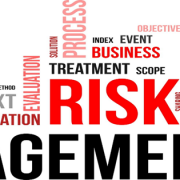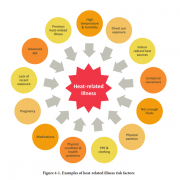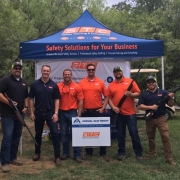“It’s Not What You Know or What You Do. It’s HOW You Do It. “

The saying, “It’s not what you know or what you do, but HOW you do it” best illustrates the difference between a safety professional and a safety leader.
Many of today’s corporate and industry leaders feel that, if they hire a safety professional who possesses all the accreditation’s and safety degrees available, they’re bound to end up with just the right person.
Invariably, a great deal of effort goes into recruiting a candidate who appears to have all the required “boxes ticked” only to sometimes discover that, while education and experience are undoubtedly essential, they are not the most important factors in determining whether a person will effectively lead the organization toward safety excellence.
The best results will be obtained, in fact, by those who possess the ability to combine education and experience with servant leadership.
Servant leadership is a widely recognized and highly valued leadership style that puts the focus on individuals and encourages the embracement of core values and personal development of the members of the organization.
An individual who, along with education and experience also embodies servant leadership, is a safety leader and will be far more likely to lead an organization toward the attainment of safety excellence than the safety professional who relies upon knowledge and experience only.
Here are a few indicators that differentiate the safety professional and safety leader:
- Safety professionals lead from behind a desk.
- Safety leaders lead from the front and are visible in all work places and accessible to their people -they are the veritable “Tip of the spear” in the charge toward safety excellence.
- Safety professionals know the safety rules and regulations.
- Safety leaders know the safety rules and regulations and can be relied upon consistently to set a personal example of adherence to the rules—they are, in essence, “Poster Children” for wearing PPE and complying with all established policies and procedures.
- Safety professionals tell people what to do to comply with safety.
- Safety leaders demonstrate personal compliance with safety and never ask people to do things they wouldn’t or couldn’t do themselves in the first place.
- Safety professionals realize the importance of demonstrating competency and knowledge in managing resources.
- Safety leaders realize the importance of sharing competency and knowledge with others to develop their skills and never forget that people are their most valuable asset—they genuinely care about people.
- Safety professionals possess excellent speaking and writing abilities.
- Safety leaders possess excellent speaking and writing abilities but put a premium on being an active listener—they seek to understand before being understood.
- Safety professionals can be relied upon to make people accountable for safety.
- Safety leaders make people accountable for safety but can also be relied up to reward good behavior in the form of formal recognition or perhaps even a well-deserved pat on the back.
The list could go on, but have no doubt, there is a world of difference between a safety professional and a safety leader. The outcomes for the organization’s expectations and goals in pursuit of safety excellence will be determined not so much by what they know or do, but in HOW they do it.
STC’s Vision for Success
At STC, we are focused on preserving the world’s most precious resource – human life. In order to do that, we understand the importance of building and sustaining effective safety management systems that produce tangible results over time.
In order to implement this type of safety system, STC follows the practical framework of Plan-Do-Check Act (PDCA) which is included in ISO 45001. The 4 steps are summarized below:
Plan:
- Identify safety hazards and risks in the workplace
- Build and/or revise safety policies, programs & procedures
- Establish safety goals & objectives moving forward
Do:
- Put preventive & protective measures in place
- Communicate safety policies and procedures to organization
- Execute safety inspections/audits, training, meetings, investigations
Check:
- Monitor and measure safety activities
- Leverage technology for the trending and tracking of data
- Analyze results consistently
Act:
- Review safety results in comparison to set goals
- Hold people and divisions accountable (positive or negative)
- Improve overall plan and continue the cycle
As you can tell, this process is simplified to create a framework that gives way to continual improvement over time. STC Safety works with both leaders and employees to help build and sustain the safest working environment possible.
If you are interested in learning more about STC Safety and ways in which we can help your organization develop an effective safety management system, simply reply back to this email or call our office at the number listed below.











